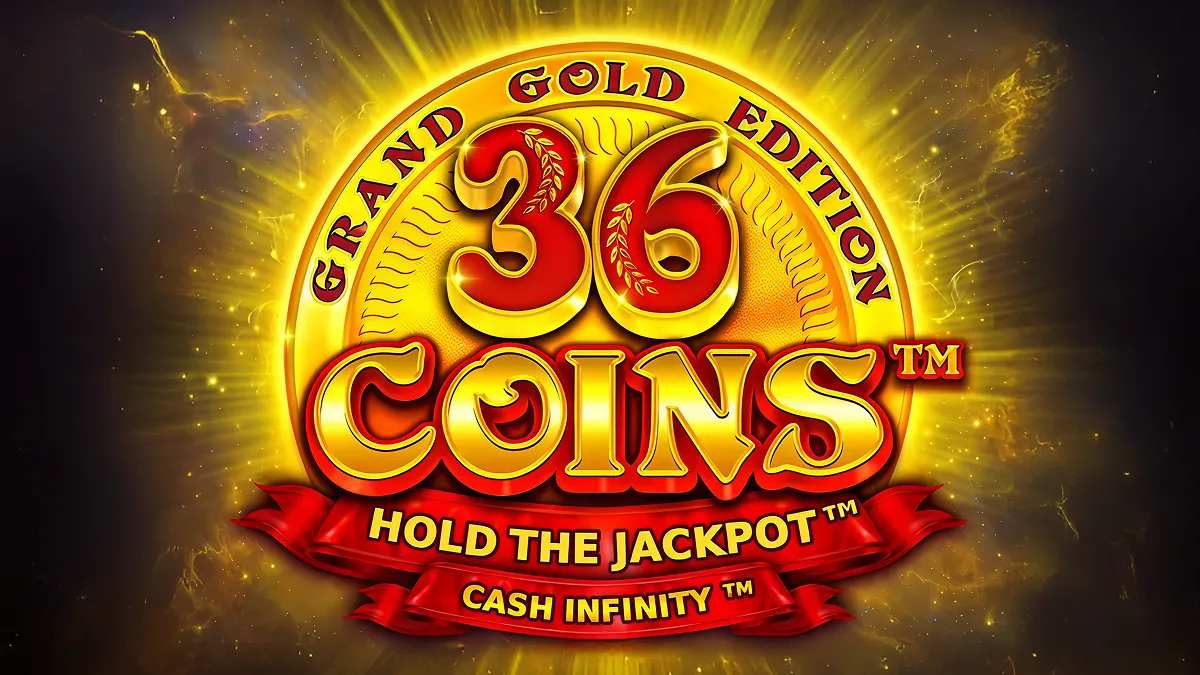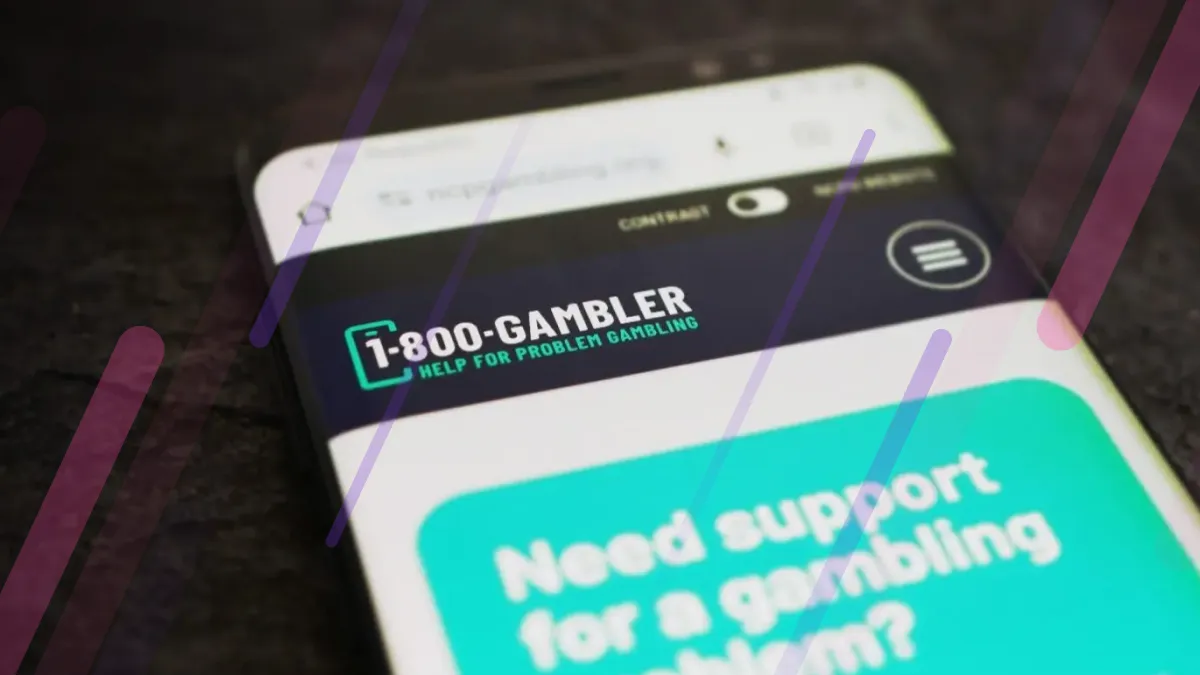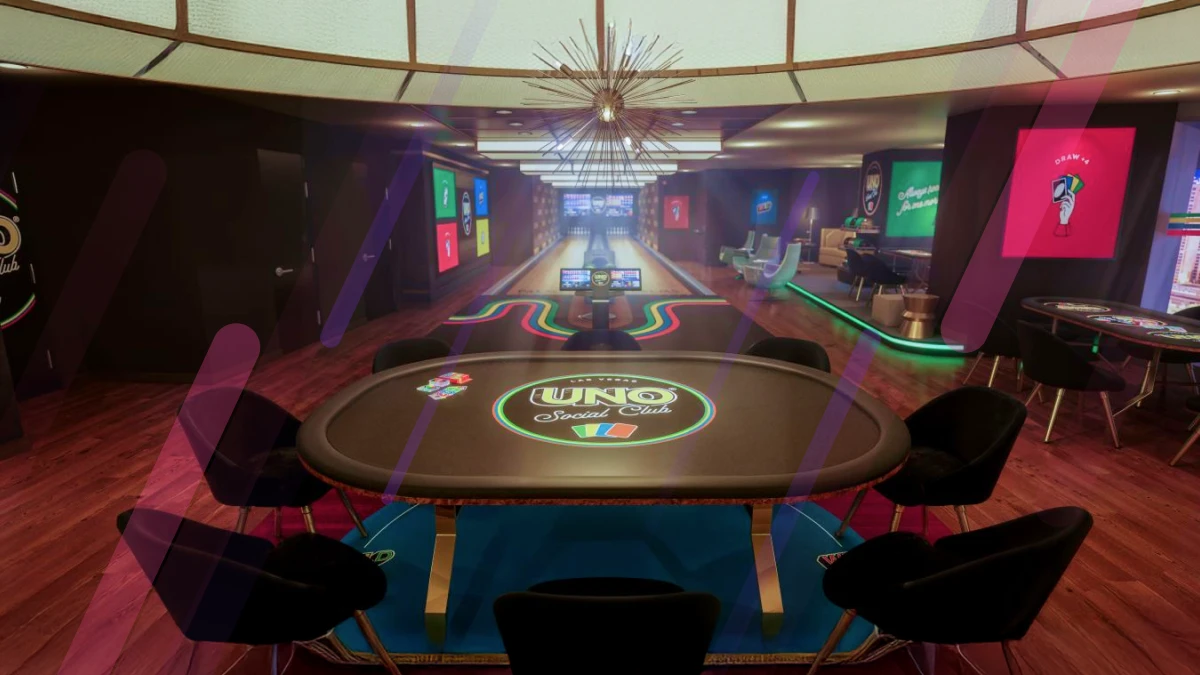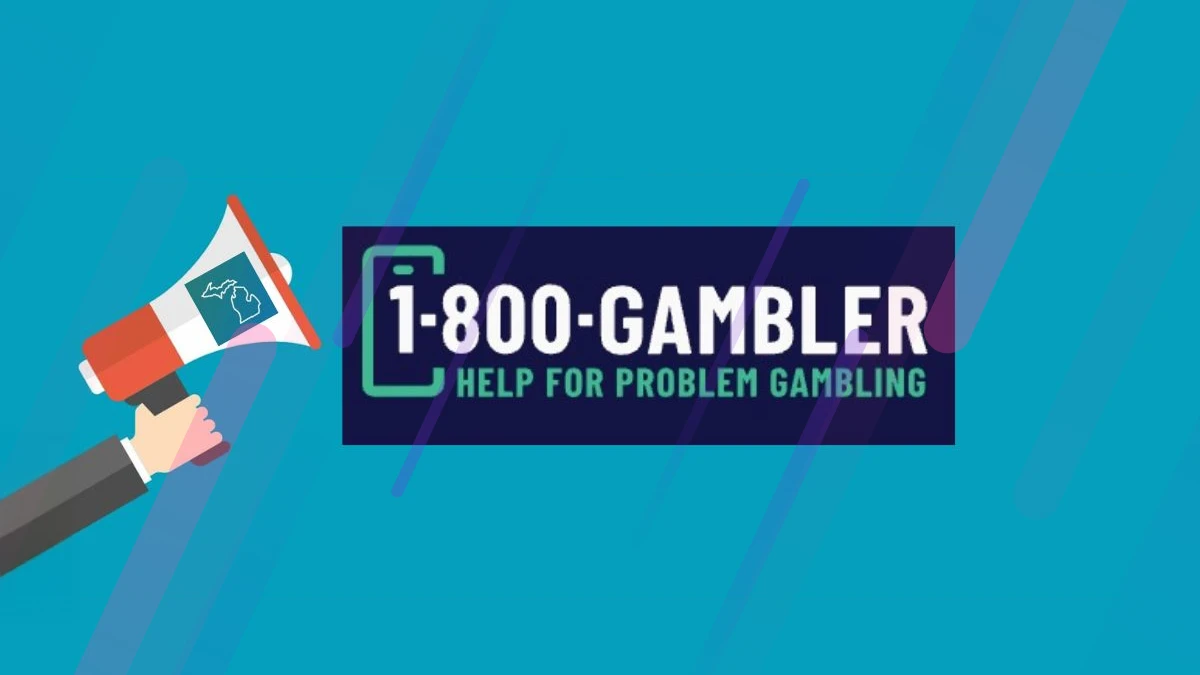New Study Links RTP Display to Misleading Slot Expectations

1.0
Default
In a recent study released by the United Kingdom's University of Nottingham School of Psychology, it was found that displaying a game's RTP percentage may have more far-reaching impact than previously thought. Instead of influencing the players realistically, it is believed that the RTP may influence them to become more optimistic than expected. And this, in turn, could potentially lead to more problematic gambling behavior.
Gambling regulators often require casinos to display return-to-player (RTP) percentages on slot machines, aiming to help players make better-informed choices. But a new study suggests these messages may be doing more harm than good, especially when misunderstood.
RTP may fuel 'false hope'
According to research from the University of Nottingham's School of Psychology, standard RTP disclosures - such as "This game has an average payout of 90%" - can inflate players' expectations and lead to even riskier gambling behavior. Instead of clarifying the odds, RTP statements may make players overly optimistic about their chances of winning.
The findings challenge long-standing industry practices and suggest alternative messaging might be more effective at curbing false hope.
What RTP really means
RTP represents the percentage of total money bet on a slot machine that is paid back to players over time. For example, a 90% RTP means that, in the long run, for every $100 wagered, the machine returns $90 to players collectively, with the remaining $10 kept by the house. This $10 is known as the house edge.
However, this figure is a long-term average based on millions of spins - it doesn't necessarily mean that any individual player will get 90% of their money back in a single session. Nor does it imply that 90% of players will win.
Many players misinterpret RTP, assuming that it guarantees a steady return or increases their likelihood of success. In reality, slot machines are random. You could hit a jackpot in your first few spins or lose your entire bankroll just as quickly. RTP also doesn't reflect volatility or how streaky wins and losses are, the frequency of hits, or the potential for maximum losses.
Misunderstood odds drive overconfidence
In the study, over 6,000 online slot players from the UK and US were shown one of four pre-game messages:
- A typical RTP message: "This game has an average payout of 90%."
- House edge warning 1: "This game keeps 10% of all money bet."
- House edge warning 2: "This game is programmed to cost you 10% of your stake on each bet."
- No message at all.
After viewing the message, participants were asked how likely they thought they were to win.
The results were stark: players who saw the usual 90% RTP message were over five times as likely to rate their winning chances as high compared to those who saw no message at all. In other words, RTP messaging appeared to inflate confidence rather than temper it.
House edge warnings prove more effective
The house edge warnings performed significantly better at grounding players' expectations. Participants who saw these messages had more realistic assessments of their chances, similar to those who saw no message at all.
Interestingly, the study also revealed that people with higher scores for problem gambling overestimated their chances only when they received no information, suggesting that a complete absence of guidance can leave vulnerable players to their own hopeful assumptions.
This nuance highlights the importance of how information is presented - not just whether it's given. While house edge messages didn't reduce optimism beyond a no-info scenario, they did prevent the inflated expectations caused by traditional RTP lines.
Rethinking Responsible Gambling messages
The study's authors argue that current regulatory messaging may need a rethink. If the goal is to reduce gambling harm and encourage informed decision-making, then simply posting RTP percentages might not be enough - or might even be counterproductive.
Instead, straightforward house edge disclosures could serve as a more effective way to temper expectations and reduce risky behavior. As gambling continues to move online and slot-style games proliferate, especially among younger audiences, how information is communicated could play a crucial role in harm prevention. In short, telling gamblers the odds isn't enough - it's how you tell them that matters.






















